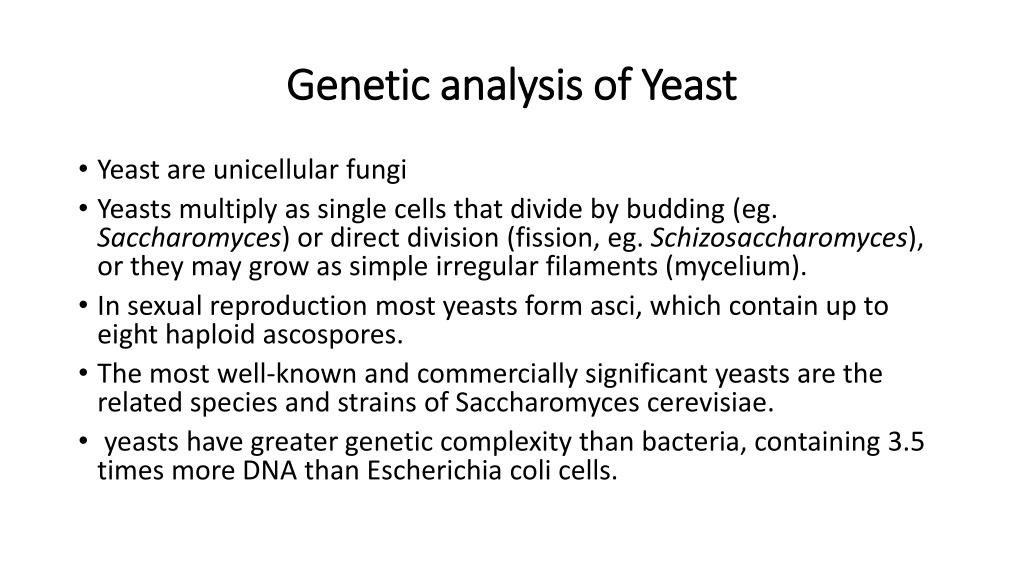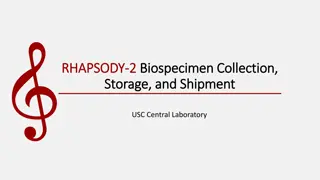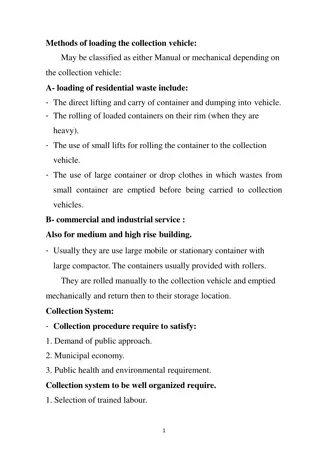ImageObject Collection from Slideorbit
This collection showcases a series of ImageObjects from Slideorbit, each described with a unique identifier. The images are named slide1 to slide8 and have a common description of 12RA1A2ARWT. These ImageObjects have a width of 900px and are hosted on data1.slideorbit.com. Explore the visual content in this collection to discover more about the 12RA1A2ARWT theme.
Download Presentation

Please find below an Image/Link to download the presentation.
The content on the website is provided AS IS for your information and personal use only. It may not be sold, licensed, or shared on other websites without obtaining consent from the author.If you encounter any issues during the download, it is possible that the publisher has removed the file from their server.
You are allowed to download the files provided on this website for personal or commercial use, subject to the condition that they are used lawfully. All files are the property of their respective owners.
The content on the website is provided AS IS for your information and personal use only. It may not be sold, licensed, or shared on other websites without obtaining consent from the author.
E N D
Presentation Transcript
Genetic analysis of Yeast Genetic analysis of Yeast Yeast are unicellular fungi Yeasts multiply as single cells that divide by budding (eg. Saccharomyces) or direct division (fission, eg. Schizosaccharomyces), or they may grow as simple irregular filaments (mycelium). In sexual reproduction most yeasts form asci, which contain up to eight haploid ascospores. The most well-known and commercially significant yeasts are the related species and strains of Saccharomyces cerevisiae. yeasts have greater genetic complexity than bacteria, containing 3.5 times more DNA than Escherichia coli cells.
Strains of S. cerevisiae have both a stable haploid and diploid state. Thus, recessive mutations can be conveniently isolated and manifested in haploid strains, and complementation tests can be carried out in diploid strains. The development of DNA transformation has made yeast particularly accessible to gene cloning and genetic engineering techniques. Structural genes corresponding to virtually any genetic trait can be identified by complementation from plasmid libraries. Transformation can be carried out directly with synthetic oligonucleotides, permitting the convenient productions of numerous altered forms of proteins. These techniques have been extensively exploited in the analysis of gene regulation, structure-function relationships of proteins, chromosome structure, and other general questions in cell biology .
Yeast, as a simple, unicellular eukaryote developed to a unique powerful model system for biological research. Its prominent useful features are the cheap and easy cultivation, short generation times, the detailed genetic and biochemical knowledge accumulated in many years of research and the ease of the application of molecular techniques for its genetic manipulation. Therefore, this organism provides a highly suitable system to study basic biological processes that are relevant for many other higher eukaryotes. The whole Saccharomyces cerevisiae nuclear genome contains 16 chromosomes including more than 13 million bases. As all other eukaryotic organisms the yeast Saccharomyces cerevisiae contains an additional, extranuclear genome in the mitochondria.
. GROWTH AND LIFE CYCLES Vegetative cell division of yeast characteristically occurs by budding, in which a daughter is initiated as an out growth from the mother cell, followed by nuclear division, cell-wall formation, and finally cell separation. The sizes of haploid and diploid cells vary with the phase of growth and from strain to strain. "Normal" laboratory haploid strains have a doubling time of approximately 90 min. in complete YPD (1% yeast extract, 2% peptone, and 2% glucose) medium and approximately 140 min. in synthetic media during the exponential phase of growth at the optimum temperature of 30 C
When PD > NPD, then the genes are on homologous chromosomes, because of the rarity of NPD

























